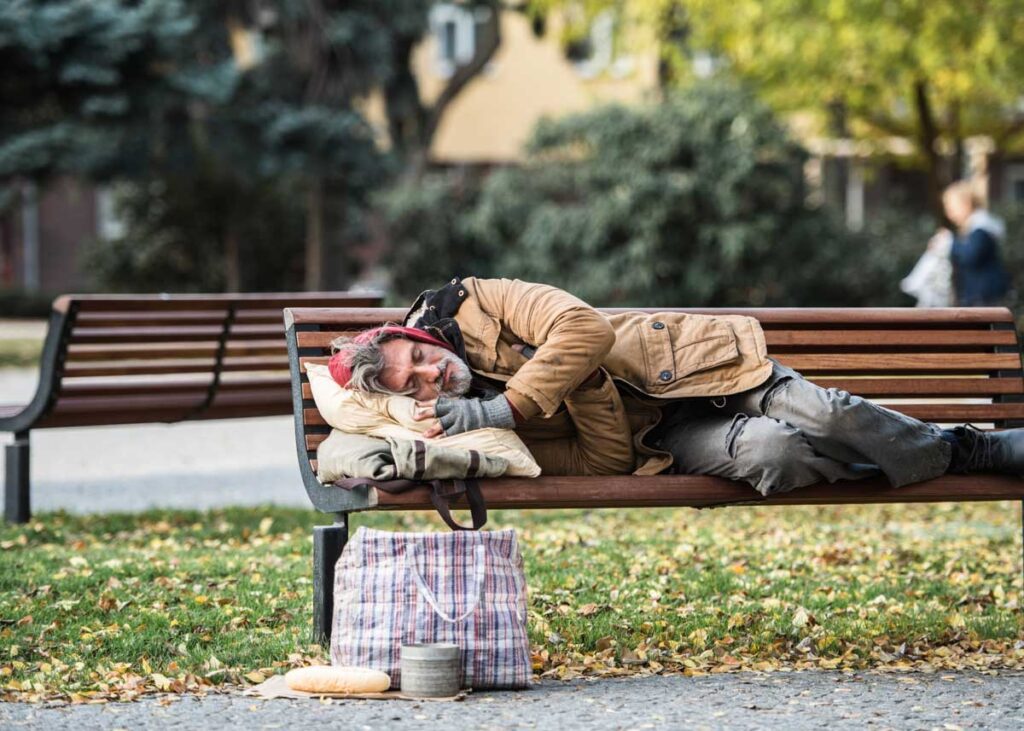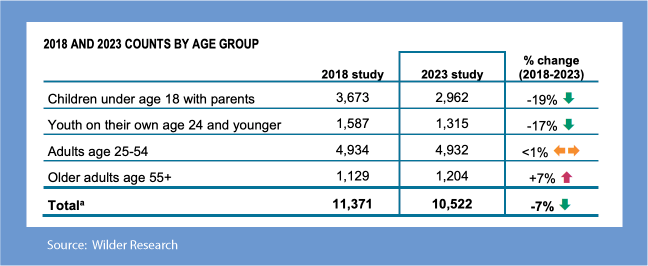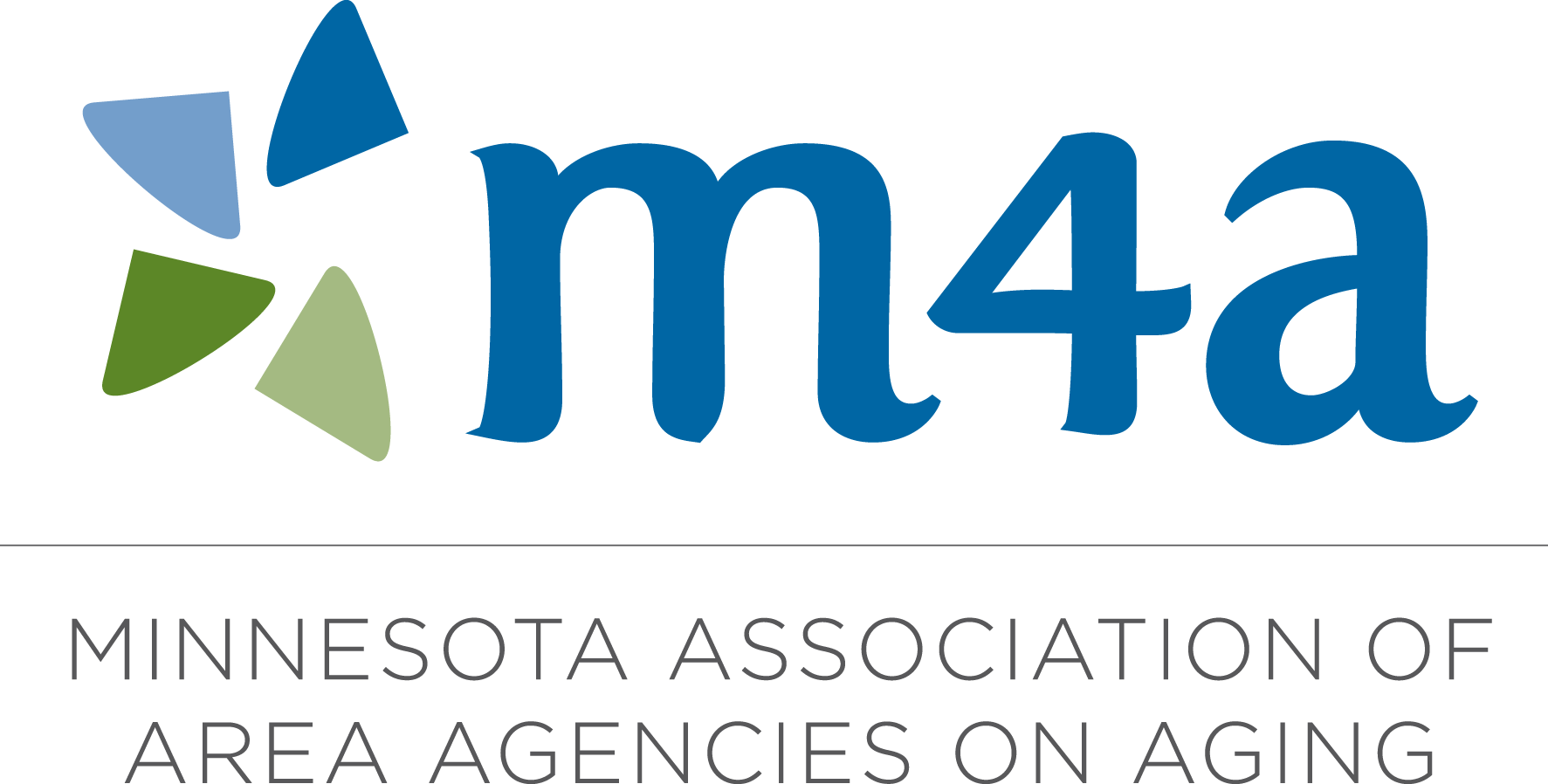
The number of older persons experiencing homelessness in Minnesota is growing at a rate faster than any other age group. While still the least likely age to experience homelessness, as the population of older adults grows those facing homelessness will also likely grow. We encourage you to take action to reduce housing insecurity for older adults.
Every three years (the last one was delayed due to COVID-19) Wilder Research engages volunteers across Minnesota to count the number of individuals experiencing homelessness, both those in shelters and those living outside formal shelters. The most recent study was conducted on October 26, 2023. Read the 2023 Minnesota Homeless Study Counts Fact Sheet.
7% increase over 2018
The 2023 count showed a 7% increase over 2018 in homelessness among persons aged 55+. Because of the difficulty in getting a complete count, Wilder notes that these numbers should be considered a minimum count.

While relatively small in actual numbers (1,129 in 2018 and 1,204 in 2023), the increase is worrisome. A January 2023 count by the National Alliance to End Homelessness shows a record-high homeless rate across the country, an increase of 12.1% over the previous year’s count. The 2023 count — the first to include detailed information by age — shows 20% of people experiencing homelessness were age 55+, 127,707 individuals.
According to the Alliance:
“[Older adults] have specific vulnerabilities that call for increased attention and resources.
“Older adults have more complex and acute health and housing needs. 34 percent of older adult renters spent 50 percent or more of their income on rent in 2021, higher than any other age group. Renters aged 75 and older were the most likely age group to be severely housing cost burdened.
“In part, this is because older adults often have fixed or limited incomes that have not kept pace with the rising cost of living. They have fewer opportunities to increase their incomes from work and need long-term support.
“Providers also often lack the resources needed to adequately serve older adults, such as accessible shelter beds or higher levels of medical care. The existing housing stock, too, is frequently inaccessible for older adults.”
After its 2018 count, Wilder Research did a comprehensive analysis of the data related to older adults. Their findings include:
- An increasing number of older adults who experience homelessness have complex health conditions.
- People of color make up half of the homeless older adults and are overrepresented according to their numbers in the population
- Older adults face multiple barriers to finding and keeping stable housing, including age, income, and difficult backgrounds.
Strategies for addressing the problem
In its October 2023 report, “Addressing Homelessness Among Older Adults: Final Report,” the U.S. Department of Health & Human Services recommends the following strategies for service providers to address the growing risk of homelessness.
- More proactive identification of older adults at risk of homelessness. Experts and providers both noted that many older adults at risk of homelessness do not reach out for assistance until it is too late to maintain their housing because they do not know where to go for help or they are unwilling to ask for it.
- Better documentation of services and supports available in local communities. This documentation of assistance, as well as the eligibility criteria for receipt of assistance, will enable more older adults at risk of or experiencing homelessness to know what assistance is available and how they can access it.
- Additional assistance accessing medical equipment for people experiencing homelessness. Older adults experiencing homelessness face challenges accessing assistive technology, such as eyeglasses and hearing aids, that may be lost or damaged while they are living in places not suitable for human habitation or are moving frequently from shelter to shelter.
- Training for case management staff on issues specific to older adults. With the rate of older adults experiencing homelessness increasing, [providers] should provide training for front-line staff on issues specific to older adults experiencing homelessness.
- Improved access to sufficient income assistance for eligible individuals. Programs such as SSI are designed to prevent poverty, premature illness, and death among people who are 65 and older, blind, or disabled. Yet few older adults experiencing homelessness under age 65 receive the benefit, despite having significant health and mental health challenges.
Help raise awareness about the issue of homelessness among older adults by sharing this information with your networks. We encourage you to create a plan of action in the places you have the authority to act to help reduce housing instability and homelessness in older adults.
